Do you want to switch from front-end development to full-stack development? Are you wondering if you should enroll in a Full Stack Developer Course in Ahmedabad to learn full-stack development?
Front-end development is an integral part of web programming, specialising in what the user interacts with directly. It involves the utilisation of languages like HTML, CSS, and JavaScript to develop an engaging, responsive, and user-friendly interface.
On the other hand, Full Stack Development is a broader domain that covers both the front-end and back-end of a website or an application. This requires proficiency not just in the languages used in front-end development, but also in server-side programming languages like Python, Ruby, Java, and PHP, and database management systems such as MySQL or MongoDB.
For those considering a switch from front-end to full-stack development, here are some key steps:
- Reinforce your front-end skills: Mastering HTML, CSS, and JavaScript is crucial before venturing into back-end languages and technologies. Websites like MDN Web Docs offer comprehensive guides and resources.
- Learn a server-side language: Opt for a back-end language such as Python, Ruby, PHP, or Java, and gain expertise in it.
- Understand databases and SQL: Learn how to create, query, and handle databases using SQL. Websites like TOPS Technologies host free webinars that provide detailed tutorials on SQL and database management.
- Get acquainted with back-end frameworks: Tools such as Django for Python or Rails for Ruby can expedite the back-end development process. The official Django documentation and Ruby on Rails guide are helpful resources.
- Familiarise with version control systems: Knowledge of tools like Git is vital, especially when working in larger teams. GitHub is an excellent platform to learn and practise Git.
- Practice by building full-stack applications: Apply all your skills by creating and deploying a full-stack web application.
Understanding the Full Stack Developer Role
A Full Stack Developer is a type of software developer that has an understanding of both front-end and back-end technologies. Their role spans across layers - from HTML/CSS presentation to server-side logic and database management.
You may enroll in CSS Training Courses to learn the complex use cases of CSS! They are 'jack-of-all-trades' in software development, capable of creating a fully functional web application single-handedly.

Front-End Proficiency
As a Full Stack Developer, you need to be proficient in front-end technologies. Here's what you need:
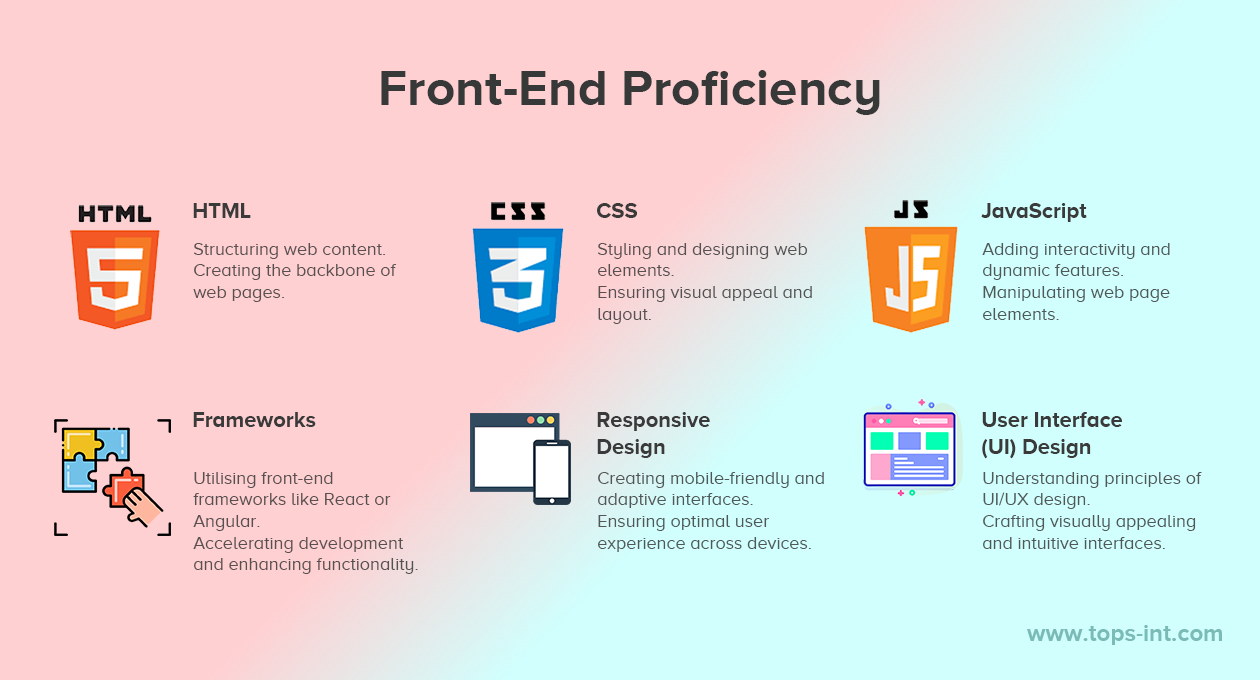
Back-End Technologies to Learn
Once you have a handle on front-end technologies, it's time to delve into the back-end. Here are a few key technologies and frameworks you might want to explore:
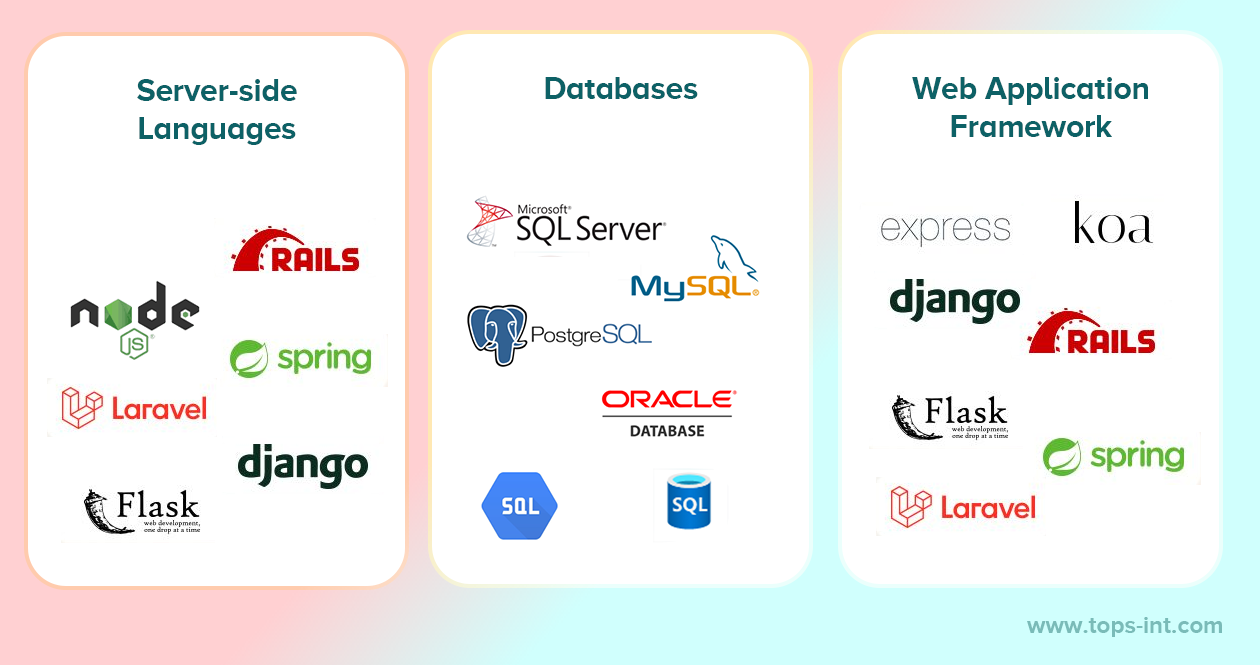
Identify the Gaps in Your Knowledge and Skills Needed for Full Stack Development
As you begin your journey towards becoming a Full Stack Developer, one of the first steps is to identify the gaps in your knowledge and skills. This self-assessment phase is crucial as it helps you understand what you need to learn or improve.
Understanding Server-Side Programming
If you're transitioning from front-end to full-stack development, you probably have a solid understanding of HTML, CSS, and JavaScript as you must have completed
Front-End Developer Courses.
However, server-side programming may be an area where you lack expertise. You'll need to learn how to create, maintain, and manipulate databases and servers. Look into SQL for database management, and dive into server-side languages like Python, Java, or Ruby.
Learning Back-End Frameworks
You'll need to get comfortable with backend frameworks, such as Django (Python), Express.js (Node.js), or Ruby on Rails. These frameworks simplify the process of building and working with server-side applications.
Mastering Full Stack Tools
Full Stack Developers use different tools for different tasks. Git, for version control, Postman, for API development and testing, and Docker, for creating isolated environments for your apps, are just a few examples of the tools you'll need to familiarise yourself with.
Working with Data Structures and Algorithms
A solid understanding of data structures and algorithms is also essential for Full Stack Developers. They help optimize your code and solve complex problems more efficiently.
Learning Back-End Technologies
Diving into back-end technologies is a significant part of transitioning into full-stack development. This typically involves a deeper understanding of server-side languages, databases, and server management. Here's a glimpse of what you need to cover:
Server-Side Languages
- Python: Python is a versatile, beginner-friendly language widely used in back-end development. You can leverage resources like the official Python documentation and the Python for Everybody course to get started. Enroll in Python Training in Ahmedabad To master Python!
- JavaScript (Node.js): Node.js allows JavaScript to run on the server-side. Node.js official documentation is a great starting point, and the course Learn Node.js offers in-depth understanding.
- Ruby: Ruby is another server-side language popularly used with Rails framework. The Ruby official documentation provides comprehensive learning resources.
Databases
It's essential to comprehend databases and how to work with them. A relational database management system uses the standard language SQL (Structured Query Language) to handle data. The official MySQL tutorial is a great resource for beginners.
Server Management
Understanding server management concepts, including how to deploy and maintain an application on a server, is essential. Concepts like Docker and Kubernetes are a great place to start. Docker's Getting Started Guide provides comprehensive learning pathways.
Practical Projects
Implementing what you've learned through practical projects is key. Here are some ideas:
- Blog Application: Build a simple blog application where users can create, read, update, and delete articles.
- E-commerce Website: A more complex project where you can implement user authentication, product management, and payment gateway integration.
- Chat Application: Build a real-time chat application to understand WebSocket protocol.
Database Management and Integration
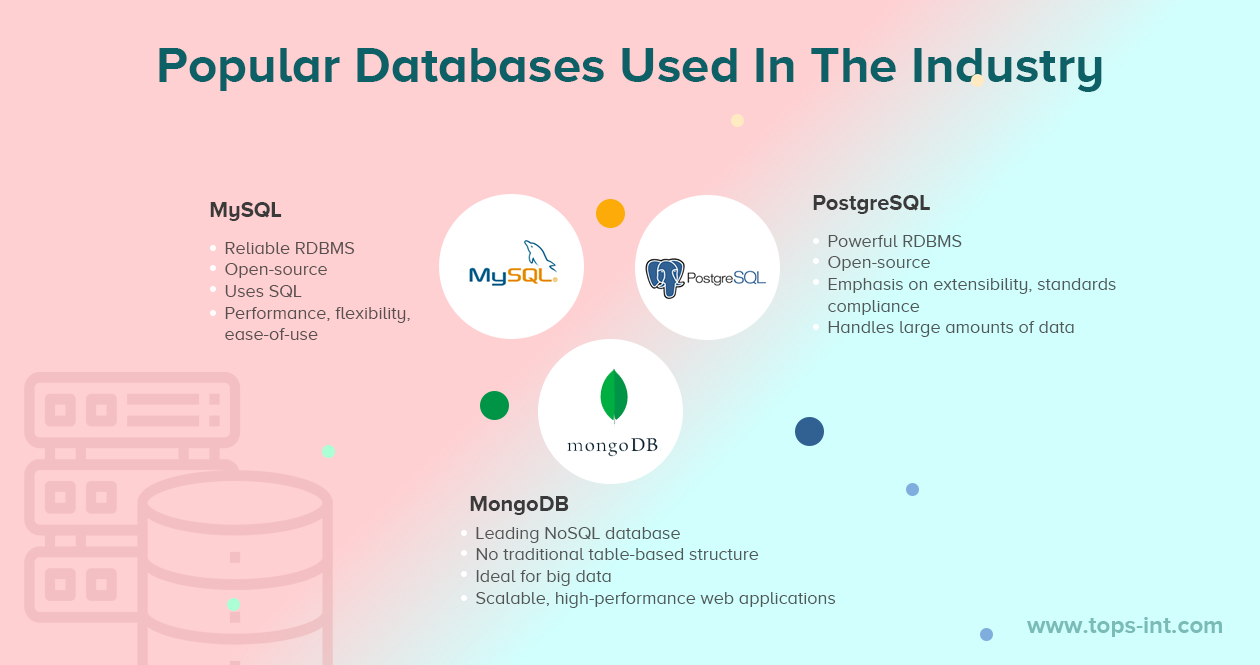
Guidance on Learning Database Management and Integration
To effectively learn database management and integration, follow these steps:
- Choose a Database: Start with one of the popular databases - MySQL for relational data, or MongoDB for NoSQL data. Understanding one database well makes it easier to learn about others.
- Use Official Resources: Leverage the official documentation (MySQL, MongoDB) for detailed guides and tutorials.
- Enroll in Courses: Enroll in top-rated institutes like TOPS Technologies that offer comprehensive courses on database management.
- Practice: Apply your skills in real projects. Try integrating the database with a simple application to handle data operations.
Explore Advanced Concepts: Once comfortable, delve into more complex topics like
database scaling, optimization, and security.
By methodically following these steps, you can effectively learn and master database management and integration
Server-Side Development and APIs

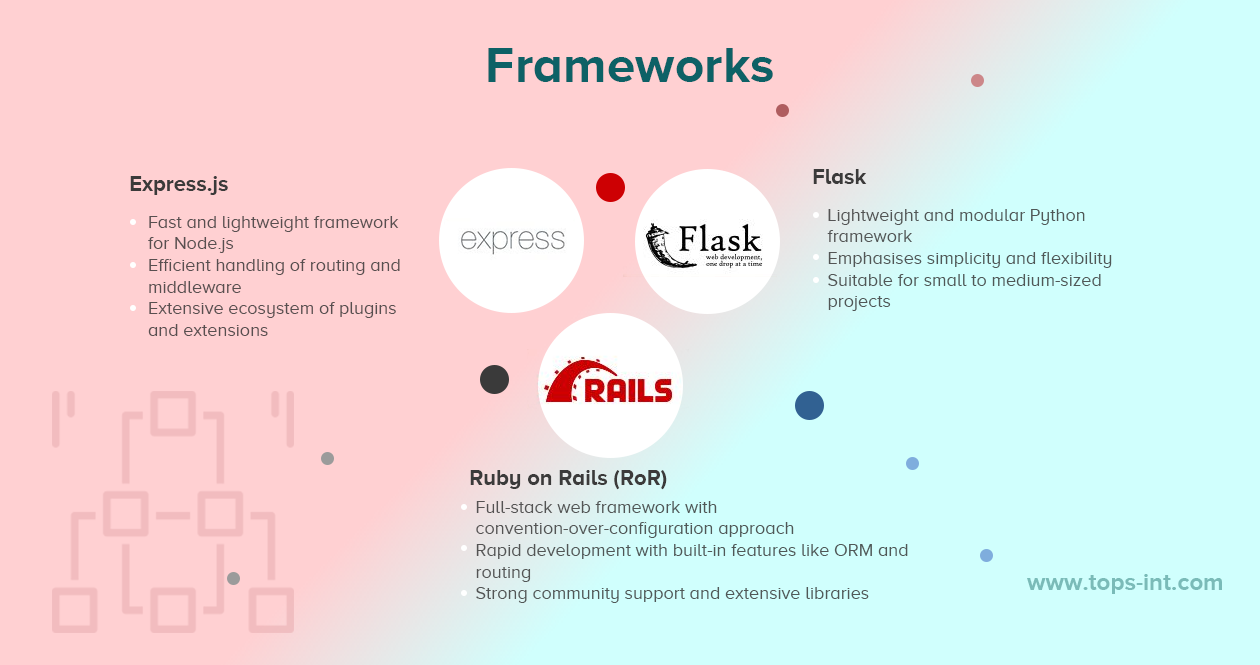
APIs, or Application Programming Interfaces, are crucial in Full Stack Development. They serve as a bridge between different software components, allowing them to interact effectively.
In the context of web development, APIs often work as a connection between the front end and the back end, enabling data exchange
Building Full Stack Applications
Developing a full-stack application from scratch is the best way to apply and consolidate your front-end and back-end skills. Here's a simple guide on how to approach this:
- Project Idea: Begin with a project idea that interests you. Make sure it involves elements of both front-end and back-end development.
- Design Phase: Sketch out the basic design of your application. Define the functionality, user interface, and experience.
- Front-End Development: Build the front-end using HTML, CSS, and JavaScript, or front-end libraries/frameworks like React or Angular.
- Back-End Development: Set up the server, databases, and APIs using your chosen back-end technologies like Node.js, Django, or Ruby on Rails.
- Integration: Integrate the front-end and back-end parts to create a full-fledged application.
- Testing and Debugging: Test all the functionalities thoroughly and debug any issues that arise.
- Deployment: Deploy your application to a server using platforms like Heroku or Netlify.
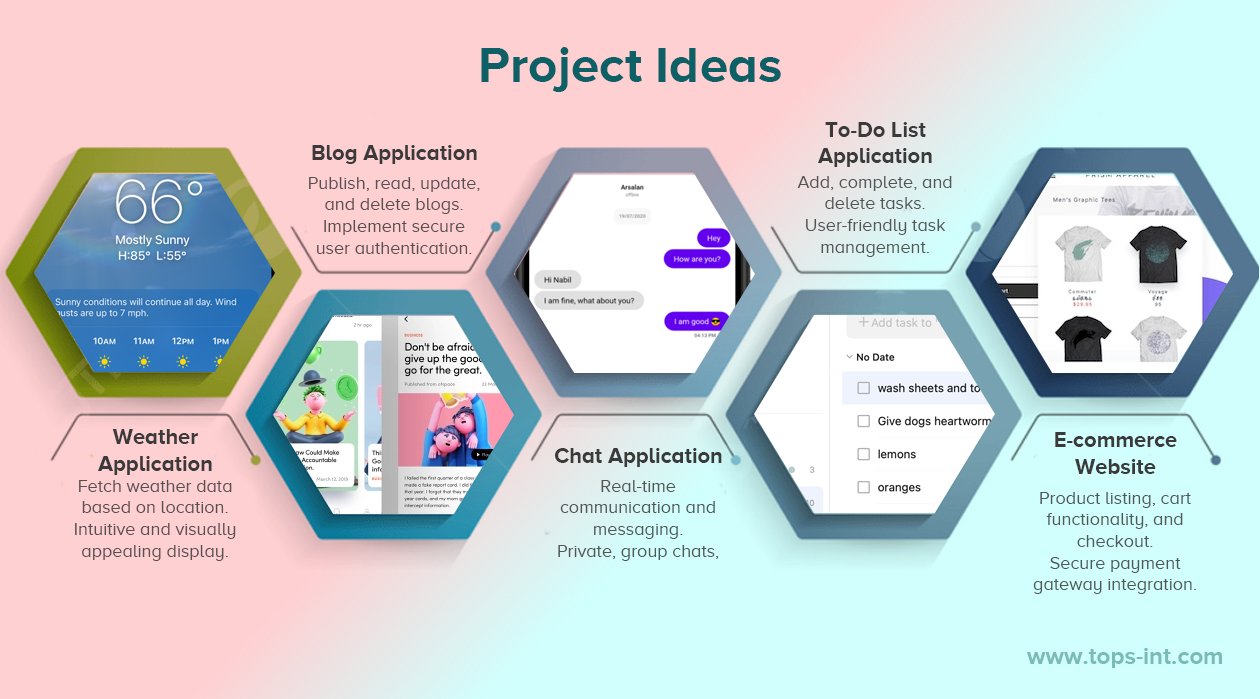
Read More: Roadmap To Become a Full Stack Developer & The Best Full Stack Developer Course
Collaboration and Version Control
Working in a team environment necessitates the use of Version Control Systems. Git, one of the most popular VCS, allows multiple people to work on a project simultaneously without overwriting each other's changes.
It keeps a track of every modification to the code in a special kind of database, making it possible to recall specific versions later.
To understand Git better, consider Official Git Documentation!
Leveraging GitHub for Collaborative Projects
GitHub is a code hosting platform that allows you to collaborate with others and track your code changes. It provides an interface for Git where developers can manage their code repositories, share them, and work together on the same project.
GitHub offers numerous features like "Pull Requests", where developers can discuss and review changes before incorporating them into the project, and "Issues", for tracking bugs or enhancements. It's a staple tool in every developer's arsenal.
To get started with GitHub, consider GitHub Guides!
Remember, mastering these collaboration and version control tools will significantly ease your journey as a Full Stack Developer, especially when working in a team environment.
Read More: Full Stack Developer Interview Questions
Kickstart Your Full Stack Journey with TOPS Technologies
If you're ready to dive into the exciting world of Full Stack Development, TOPS Technologies provides the ideal launchpad.
With our comprehensive Full Stack Development Course, we offer an extensive curriculum covering everything from front-end technologies to back-end frameworks and database management.
But the learning opportunities at TOPS Technologies don't stop there. Beyond Full Stack Development, we offer a myriad of courses across 50+ industry domains, enabling students to broaden their skills and competencies.
With a commendable history spanning 15 years in the IT Training & Placement Industry, over 1 lac students placed, and ties with 3000+ companies, TOPS Technologies proves to be a trusted guide in your Full Stack journey. Make the leap today with TOPS Technologies.
Conclusion
Are you ready to kickstart your journey to becoming a Full Stack Developer? This is the perfect time to embark on that path.
The technology landscape in India is experiencing a surge in demand for Full Stack Developers. The sector is growing rapidly, and with it, the opportunities for skilled professionals.
Current figures indicate that the average salary of a Full Stack Developer is around INR 9 lakhs per annum, with senior developers earning up to INR 16 lakhs. Moreover, these figures are set to rise as the demand for Full-Stack skills intensifies in the future.
So, are you ready to seize this opportunity and shape a brighter future? Enroll at TOPS Technologies and let your journey begin.
.












